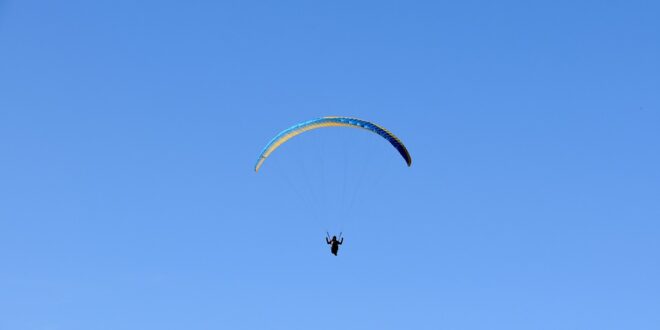The Thrilling Buzz of Adrenaline: How it Affects Your Body
Adrenaline, the hormone responsible for the infamous “fight or flight” response, is called the “thrill hormone” for a reason. The flood of adrenaline in your body creates an exhilarating feeling that makes you feel alive and alert. An eventful activity that sparks fear, excitement, or anticipation triggers this reaction in you. Adrenaline has a lot to do with pushing your limits, gearing up for a challenge, and pumping up your ecstatic mood.
How does adrenaline produce such exciting effects? Here’s an in-depth look.
Adrenaline’s Physiology
When your body escapes a life-threatening event, experiences extenuating shock, or fears something, the adrenal glands, situated above the kidneys, breaks out a surge of the hormone adrenaline. Once cortisol, another hormone, detects that adrenaline has been released by the adrenal gland, the arousal of adrenaline sets off the endocrine system into a stress-induced reaction called the “fight or flight” response system.
Adrenaline affects multiple systems thoroughly, such as the heart, lungs, liver, immune system, and so on. Its primary role, however, is to prepare your body for action and immediate physical strenuous situations. Here’s how.
The Heart Rate Goes Up
The first noticeable sign of You getting a shot of adrenaline is you feeling your heartbeats going wild. Adrenaline stimulates sinus node activity, which makes the heart beat steadily faster, boosting the cardiac output supplying blood muscles.
The Respiratory System Kicks Into Overdrive
When your body experiences stress or sudden shock, adrenaline speeds up your breathing to alter the oxygen-carbon-dioxide mix, ensuring that sufficient oxygen gets to your lungs.
Blood Flow Increases
The “fight or flight” response affects blood flow. Specifically, vasoconstriction happens, which shrinks blood vessels. These restricted vessels trigger blood in enough amount through critical bodily areas like your muscles instead of your skin.
Increases in Blood Sugar Levels
A spike in adrenaline will cause more cells to start breaking down their components like protein and fat. When they break down, a release of glucose into the bloodstream happens, which boosts your energy levels.
Skin Goes Pale, Dry Mouth and Dilated Pupils
Due to vasoconstriction, there will be insufficient blood reaching certain parts of the body. This creates a lack of blood to supply certain body areas like hair or nails, which often leads to skin going pale. Dry mouth helps preserve hydration, and the enlarged pupils make it easier for the eyes to see.
Benefits of Adrenaline Rush
Although you primarily know adrenaline as the “flight-or-flight” hormone, it boasts numerous mental and physical benefits besides exhilaration, including increased microcirculation, essentially supports digestion, immune-initiated cell response reinforcement, improved learning, trust development, boosted creativity, and memory aid.
Before taking part in adventurous experiences, fitness-wise, or in any activity that stimulates your fight or flight reaction, knowing adrenaline’s outcome will motivate you. Your whole body may tremble and your consciousness whirl in exhilarating anticipation; shortly, you’ll be full of energy or immersed in focus like never before.
Final Words
An adrenaline rush produces an unleashing effect, driving the participants to heights that feel satisfying and empowering besides opening up optimized capacities they previously seemed incapable of manifesting. Nonetheless, it’s crucial to recognize where to draw the lines towards negligence or danger amidst such engagements or to prevent-overdue burnouts.
Ultimately, the next dose of adrenaline in your body and everything to expend it benefits you enormously: whether you’re gaming, whipping out carbs, leaving your seat of monotonous broadcasting sessions, and facing your secret fears, adrenaline revolutionizes different parts of the brain and the body. Isn’t it time to recharge with an adrenaline-inducing adventure?
 Mind Uncharted Explore. Discover. Learn.
Mind Uncharted Explore. Discover. Learn.




